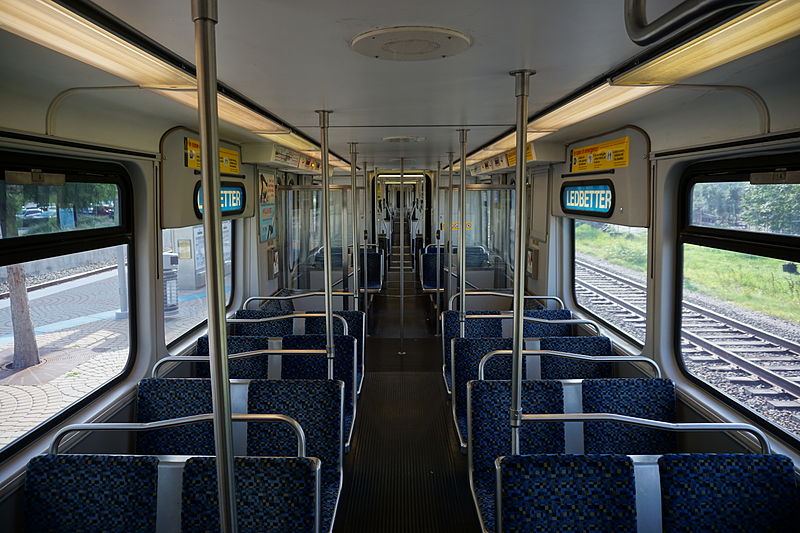“Plastic is a wonderful material which we abuse in its single-use nature,” relayed the voice in the headphones of 30 people standing beside individual stone mounds on Killiney beach. To passersby, the scene may have resembled a cult induction ceremony, however, in reality, these people were attending an event about our relationship with plastic.
Mould Into Shape was co-commissioned by Dublin Fringe Festival and Science Gallery Dublin with the goal of revealing “our national relationship to the material of plastic”. Co-created by Shanna May Breen and Luke Casserly, the project boasted a novel performance format eschewing the confines of a theatre in favour of the Dart.
“As the train made its way out of the city, the soundscape featured interviews with children despairing of the damage done by plastic pollution to the ‘fishes’…”
The project saw attendees congregate at the entrance of the Science Gallery, only to be escorted to Pearse Street Dart Station. Here, attendees were supplied with a pair of headphones each which would provide them with the soundscape of the performance. Everyday commuters looked on in bemusement as listeners were ushered onboard the Bray-bound Dart. As the train made its way out of the city, the soundscape featured interviews with children despairing of the damage done by plastic pollution to the “fishes”, and with a scientist whose focus is on the development of biodegradable plastic. These interviews were punctuated with musical interludes comprised of original compositions by Peter Kelly using only plastic objects as instruments.
Disembarking at the Killiney station, attendees were soon guided out onto Killiney’s stone beach. After being invited to stand beside one of the 30 stone mounds which had been created for the performance, participants were then instructed to retrieve a metal box which had been hidden inside each of the mounds. As each member did so, the voice of May Breen explained that in the making of the project, she and Casserly had collected 180 pieces of plastic on Killiney beach, pieces that they were now gifting to each attendee. It was further clarified that each piece of plastic, from the foot of a Ken doll to a deflated purple balloon, was thought to have travelled to the beach “from Europe or further”. It was at this point that the full power of the project hit home: May Breen and Casserly had used the DART as a device to reflect the journey single-use plastic embarks on after we discard it.
“…the poignancy generated through the interactivity of this performance…meant that participants had no choice but to confront the reality of their plastic use.”
The unconventional storytelling throughout this project was occasionally lackluster. On one occasion, the musical breaks between interviews lasted slightly too long, leaving attendees unsure as to whether they were at a Fringe event or simply on an everyday Dart commute. However, the poignancy generated through the interactivity of this performance, particularly in its closing minutes, meant that participants had no choice but to confront the reality of their plastic use. In this way, Mould Into Shape served as an artistic rendition of a timely reminder that Ireland’s single-use plastic and discard culture requires urgent re-examination.






